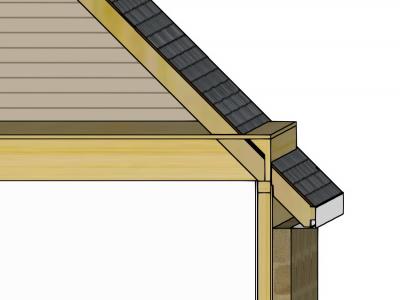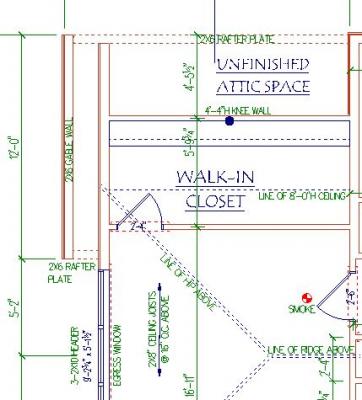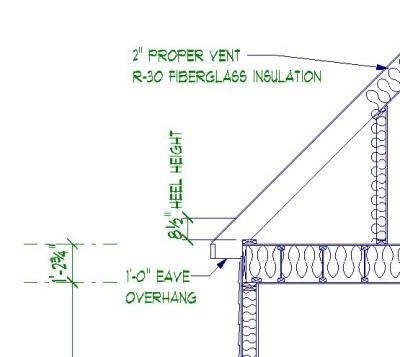Well if you have the joists bearing on that wall than the plate will have to sit on the floor. Referencing the wall below would cause the floor joist to stick out.
If the joists are not bearing on that wall then there is no need to have a plate there on the second floor.
It is a very rare case where you would need to reference a first floor wall which is directly under a second floor wall.
While it is not uncommon to see solid lumber cut to match the outside of the rafters it is not good practice.
But if that is the intention than there is no need to have a wall there on the second floor.






